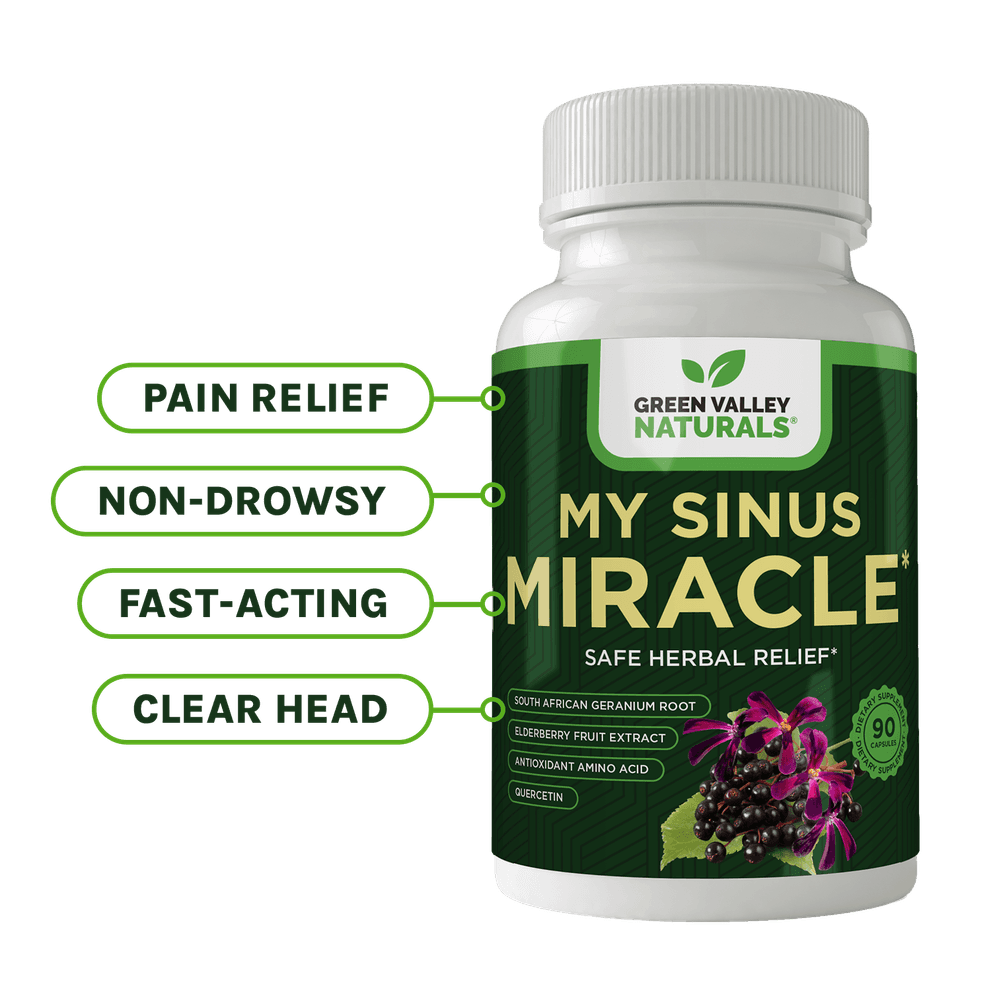
Whether it’s asthma, Alzheimer’s disease, COVID-19 or cancer, eNoses offer a powerful, fast, non-invasive approach to diagnose illness. They also have applications in the screening, prognosis, and treatment of disease. Let’s take a closer look.
Exhaled breath contains thousands of microscopic aerosol particles and volatile organic compounds (VOCs). These, as we know with COVID-19 and other respiratory illnesses, can spread disease. But what you may not know is that VOCs in breath are also associated with biochemical and metabolic processes and become altered during abnormal cellular activity, giving a specific disease signature.
Although this VOC alteration has been recognized since the 1970s, the technology didn't exist to take advantage of this knowledge. But with advances in computational analysis and the application of machine learning, this has changed, and is reflected in the explosion of research over the last two decades.
“Will Guide Future Treatment in Oncology”
As well as the breath, blood and urine also have distinct odors. At a medical meeting in June 2021, the University of Pennsylvania reported on the development of a test that sniffs out vapors emanating from blood samples.The test was able to discriminate between patients who had ovarian or pancreatic cancer from those with benign tumors or tumor-free healthy adults. It did so with 95 percent accuracy for ovarian, and 90 percent accuracy for pancreatic cancer.
Dr. Charlie Johnson who presented the findings explained, saying, "...the results are very promising. The data shows we can identify these tumors at both advanced and the earliest stages, which is exciting."
Lung cancer is the most studied with 37 research papers behind it. In these studies the researchers were able to discriminate between those with and without lung cancer with an accuracy of over 80 percent.
What’s more, in a 2018 study that included 252 lung cancer patients and 223 without cancer, the eNose correctly differentiated between them with over 90 percent accuracy.
The following year the eNose was able to identify lung cancer patients who would respond to immunotherapy with 85 percent accuracy. This is even higher than the current gold standard measurement using blood testing and cell cultures!
Professor Michel van den Heuvel from Radboud University in the Netherlands, who led the research, is convinced eNoses will “become an important diagnostic tool and will guide future treatment in oncology as well as in many other diseases.”
One of these other diseases could be Alzheimer’s.
Accurately Identifies Alzheimer’s Disease
Researchers in a pilot study tested breath samples in 100 people and were able to distinguish between healthy adults and those with Alzheimer’s with 83 percent accuracy. The researchers wrote that the technique “offers great potential” as a diagnostic tool for a condition where there are little to no widely available surefire diagnostic tests apart from autopsy after death.Asthma is another condition where eNoses could play a major role because VOCs in exhaled breath reflect specific molecular processes that underlie chronic inflammation associated with the condition.
As well as diagnosis, VOCs can also be used to determine how well patients with asthma respond to therapy. After reviewing existing studies, the researchers wrote that VOCs are “one of the most promising biomarkers in asthma diagnosis and monitoring.”
Dr. Charlie Johnson is also involved with a project to develop a fast, portable, easy-to-use breath test for COVID-19. Odor testing has already demonstrated a high degree of accuracy in distinguishing body odor emitted from T-shirts of people who tested positive with COVID from people those of who tested negative. “This is our version of warp speed,” Dr. Johnson said.
VOC Testing Holds Promise For Diagnosing Almost any Illness
VOC biomarkers have been reported in many other diseases. In fact, since most alterations in health status can be linked to metabolic changes, it should be possible to detect biomarkers for almost any illness.Professor Andrew Bush, a consultant pediatric chest physician from the United Kingdom who has worked on eNose trials, is also very enthusiastic about this new technology.
“As a clinician, I believe the potential for breath testing is huge. It’s still (a) work in progress, but the latest research is astonishing, and it would not surprise me if in years, not decades, I was treating patients with a machine they could simply blow into for a diagnosis or to help find the best treatment.”
- Breath Biopsy The Complete Guide 3rd Edition Owlstone Medical Ltd

